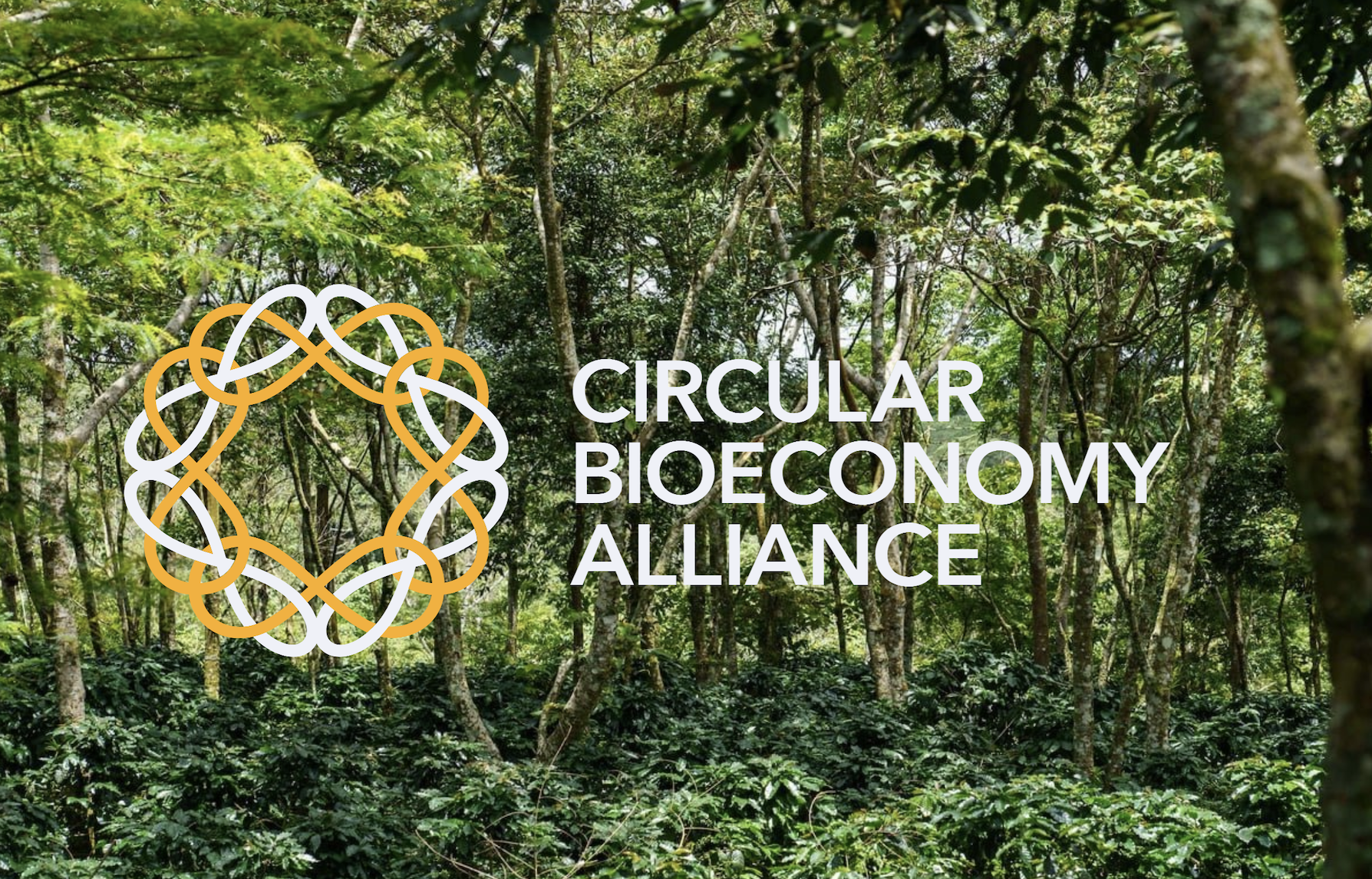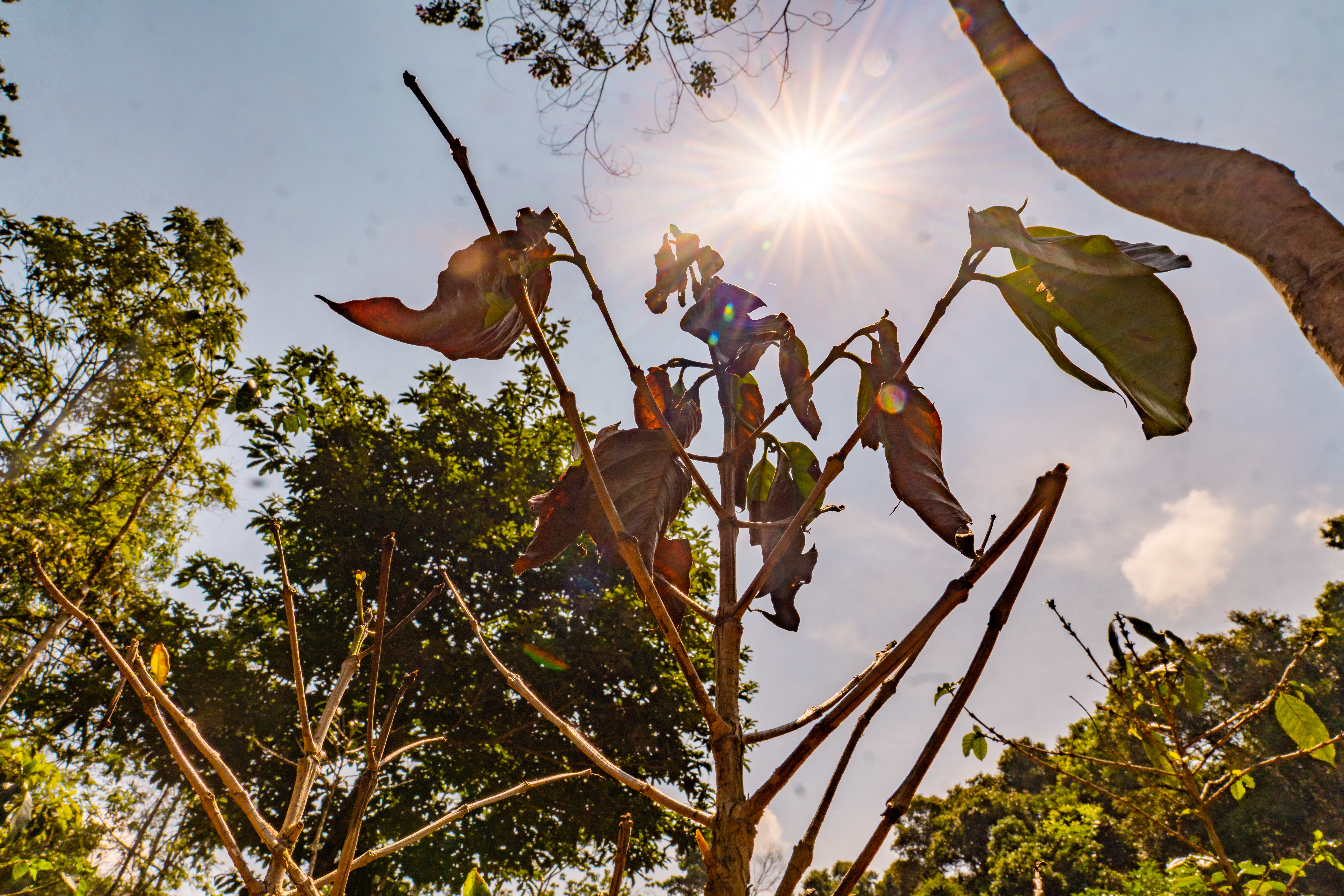Slow acquires African Coffee Roasters – A New Era for Sustainable Coffee
Big news from Slow. African Coffee Roasters is now part of the Slow family. And this isn’t just an acquisition—it’s a major step forward in how...

A Tycaena sylvia or Great eggfly on a branch at our coffee farm in Laos. © Slow
Coffee farms that prioritize biodiversity, achieved through shade-grown practices and minimal chemical use, transform into sanctuaries for butterflies. These vibrant pollinators flit from flower to flower, including those of beneficial plants that share space with coffee trees.
The Smithsonian Institution's National Zoo Conservation Biology Institute highlights that his natural pollination ensures the reproduction of these companion plants, fostering a healthy and diverse ecosystem.
Beyond their captivating beauty, butterflies play a role in maintaining a healthy coffee farm ecosystem.
In their caterpillar stage, they act as a natural pest controllers. Many butterfly caterpillars target the leaves of plants that could otherwise harm coffee trees. This natural predation helps to keep pest populations in check, reducing the reliance on harmful insecticides.
Butterflies love our sustainable coffee farm in Laos. This natural beauty reflects the health of our ecosystem © Slow
Butterfly serve as valuable indicator species for coffee farms. Their presence, or absence, reflects the overall health of the ecosystem.
Thriving butterfly populations point towards a diverse environment with a variety of plants and insects, signifying a healthy coffee farm. On the other hand, declining butterfly numbers can serve as an early warning sign of environmental degradation.
Consumers can play a role in butterfly conservation by supporting nature-positive coffee companies that prioritize regenerative farming methods. These practices create butterfly-friendly habitats, offering essential resources for these beautiful creatures.
A single butterfly can visit hundreds of flowers in a day, playing a role in efficient pollination. Studies suggest that monarch butterflies can be even more impressive, visiting upwards of 1,000 flowers daily.
Studies have also shown that shade-grown coffee farms tend to support a wider variety of butterfly species compared to sun-grown plantations. The exact increase can vary depending on the specific study and location, but this approach to coffee cultivation appears to be linked to a notable rise in butterfly diversity.
Understanding this butterfly-coffee connection allows us to appreciate the positive impact of a cup of coffee can have. By choosing nature-positive coffee, we not only get a delicious beverage but also contribute to a more vibrant and flourishing ecosystem.

Big news from Slow. African Coffee Roasters is now part of the Slow family. And this isn’t just an acquisition—it’s a major step forward in how...

A few years ago, coffee and chocolate were just products. But at Slow, we’re changing the story. We’re not just selling beans and cocoa, we’re...

For years, coffee prices moved with supply, demand, and speculation. That equation has changed.